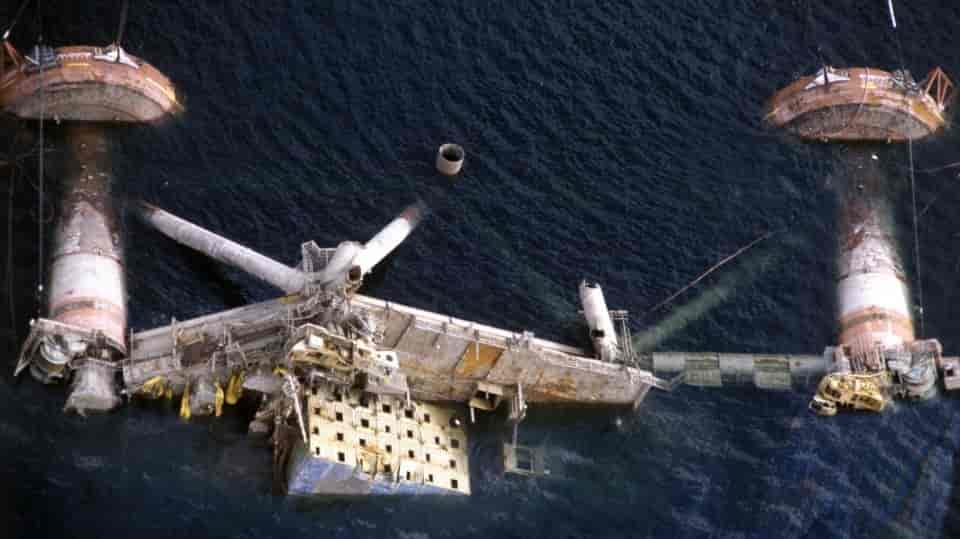The Weekly Reflektion 37/2024
There are several methods advocated for investigations into incidents and accidents and there are no doubt advantages and disadvantages with each of these. They are all based on the scientific method that requires systematic observation, measurement, experiment and analysis, and the formulation, testing, and modification of hypotheses. The scientific method is arguably under pressure from postmodernism that questions the basic assumptions of Western philosophy, including the premises for the scientific method. When the motivation for bypassing the scientific method is not the search for truth but the furthering of a specific agenda then the seeds for disinformation are sown and unfortunately take root. Once conspiration theories grow out of this disinformation theyundermine the real story. Countering these theories becomes increasingly difficult especially when the media buys in, and social media accelerates the falsehoods. Never have the words ‘A lie can travel half way around the world before the truth gets its boots on’, been more relevant.
Are you aware of the dangers of disinformation?

The Alexander L. Kielland was a drilling rig that was being used as an accommodation platform in the Ekofisk area in the Norwegian North Sea. The rig was anchored at the Edda platform on 27th March 1980 when one of the five legs was torn off and after about 20 minutes the rig capsized and turned over. 123 of the 212 people on board died.
The disaster was investigated and the cause of the loss of the D-leg was a fatigue crack on one of the braces that was in turninitiated from a crack in a poorly executed weld. The weld type was not robust and poorly suited to the application. The rig was not designed for the loss of a leg and consequently lost stability in the prevailing wind and waves. The faulty weld was on a hydrophone on the D-6 brace and was a modification to the original rig design. The people responsible for the modification did not have relevant competence on structural design and specified a weld that did not require extensive testing. No structural calculations were made. The investigation was carried out using the scientific method and several analyses were done, both to find out what happened,and to eliminate alternative theories. The reports on the disaster were subjected to extensive reviews that are documented in Parliamentary White Papers in 1981 and 1983. The Alexander L. Kielland disaster is technically simple to understand, and the causes have been verified in several technical studies and reviews since the original investigation report was published.
Since 1981 there have been several alternative theories proposed on the causes of the disaster. For example, anexplosion in the D-4 brace, forces from the anker lines causing the failure of the D-6 brace, the rig not secured for stability in extreme weather, inspections not carried out, incorrect use of the rig, etc. There is even a claim that the captain and crew were aware of the fatigue crack in the D-6 brace before the disaster and that this had been reported to the owner and operator. There was no inspection of the brace prior to the disaster, when a crack could have been detected, and such an inspection could not have been carried out safely with the rig at sea. There is also no documentation of an inspection of the discovery of a fatigue crack in the captain’s logbook. All ofthe alternative theories have been followed up and rejected in several technical, legal and political processes since 1981.
One of the major sources for alternative theories is the research on the Kielland disaster at the University of Stavanger (UiS). The historians at UiS have collected over 300 witness statements from people connected to the disaster,including the families of the men that died. The historians have used a method they describe as ‘polyphony’ in their research. Essentially, they consider all opinions and views as equally valid, irrespective of the knowledge, competence, and experience of the people concerned. From this collection of views and opinions they have constructed an alternative narrative for the Kielland-disaster and have even received academic awards for their research work. Conspiration theories are being kept alive and contradictory information is being suppressed to maintain this narrative. The alternative narrative is not grounded in the scientific method and can be easily disproved. It has however been adopted by many of the survivors and next of kin and by much of the media in Norway.
With regard to the Kielland-disaster, it appears that emotions take precedence over facts, and the principle of academic freedom is more important than thorough work to find the truth. The techniques used to convey disinformation and promote conspiracy theories are however relevant as a demonstration of how vulnerable society is to postmodernism thinking and the irrationality it can generate.
